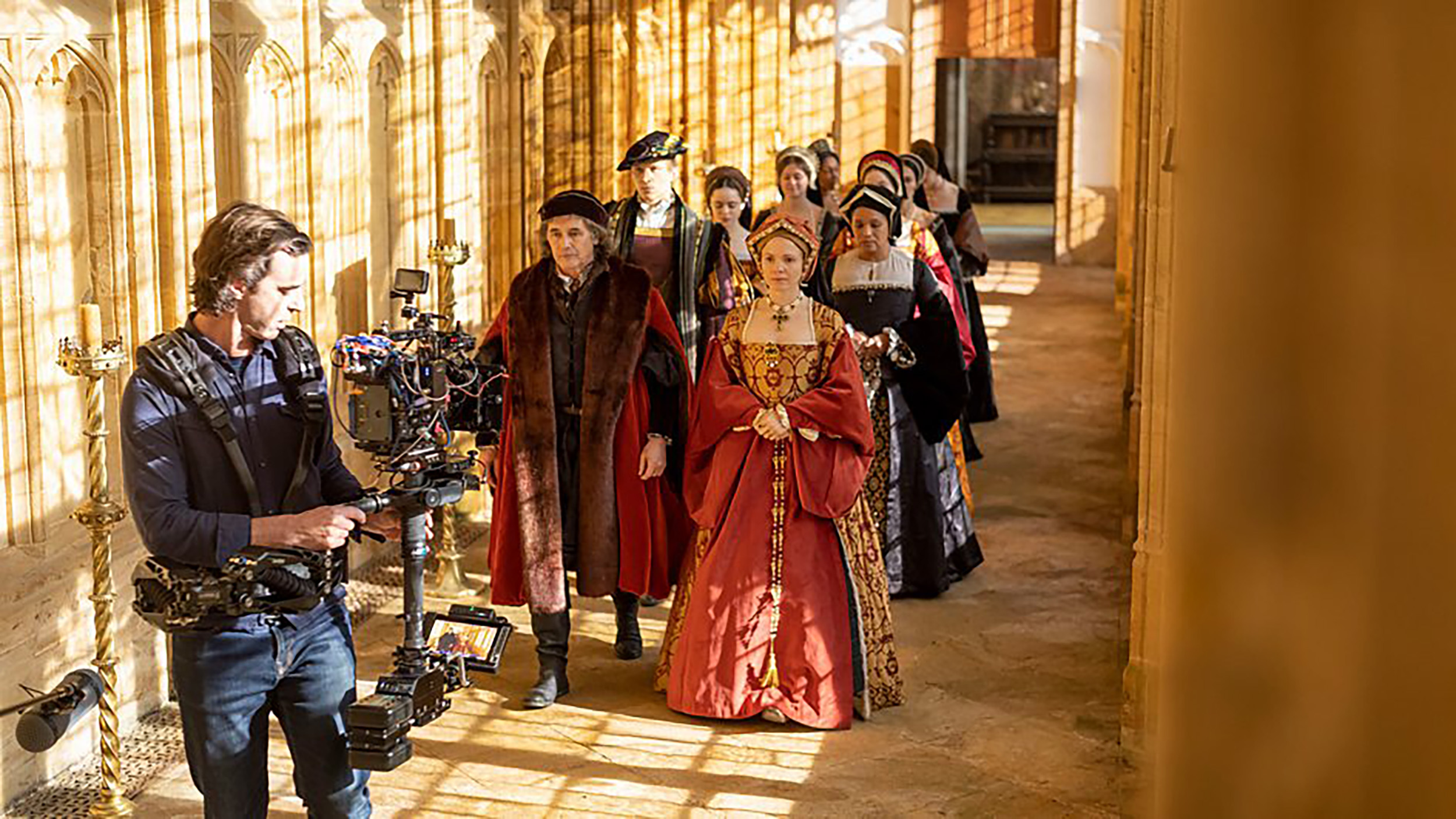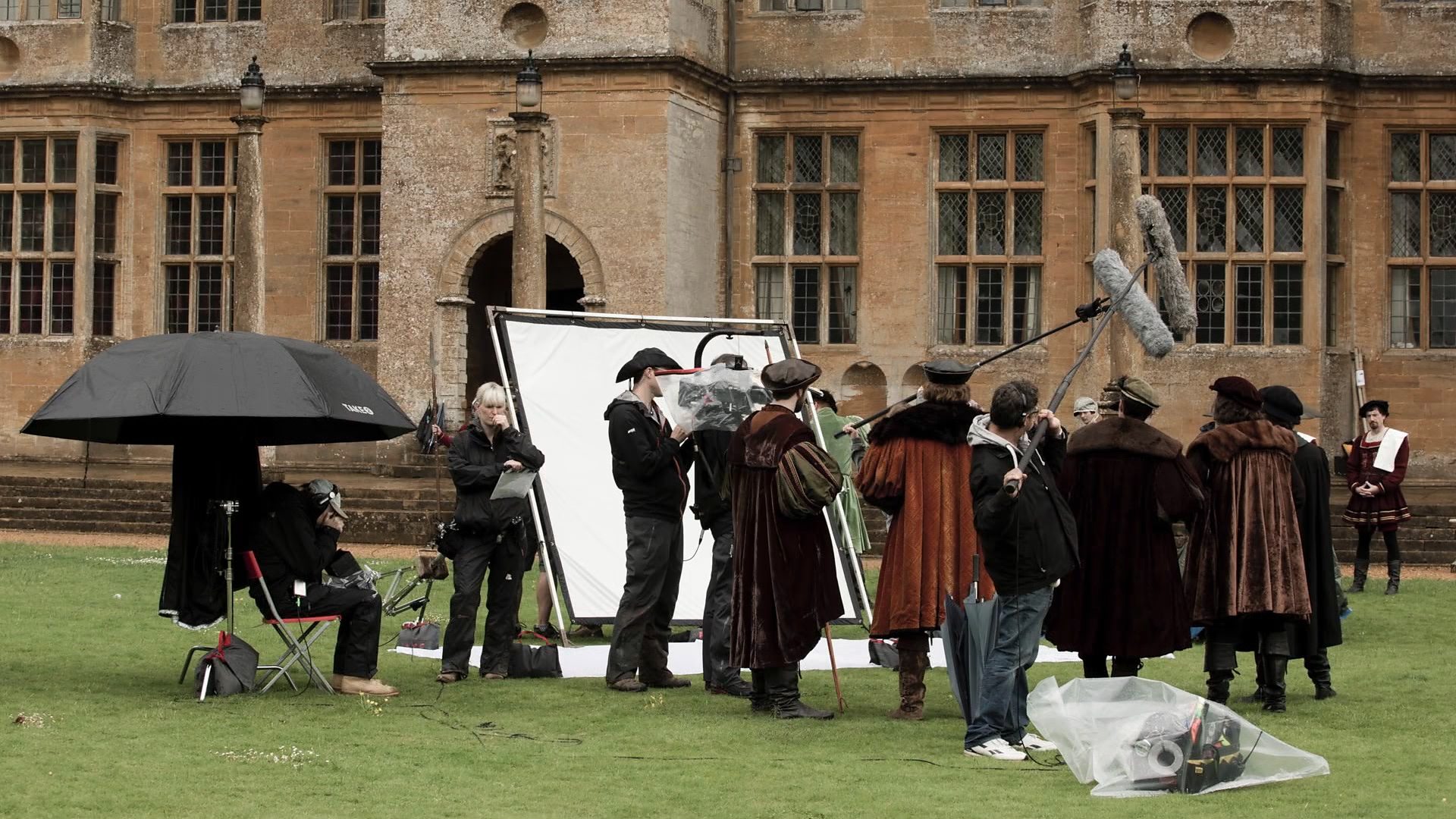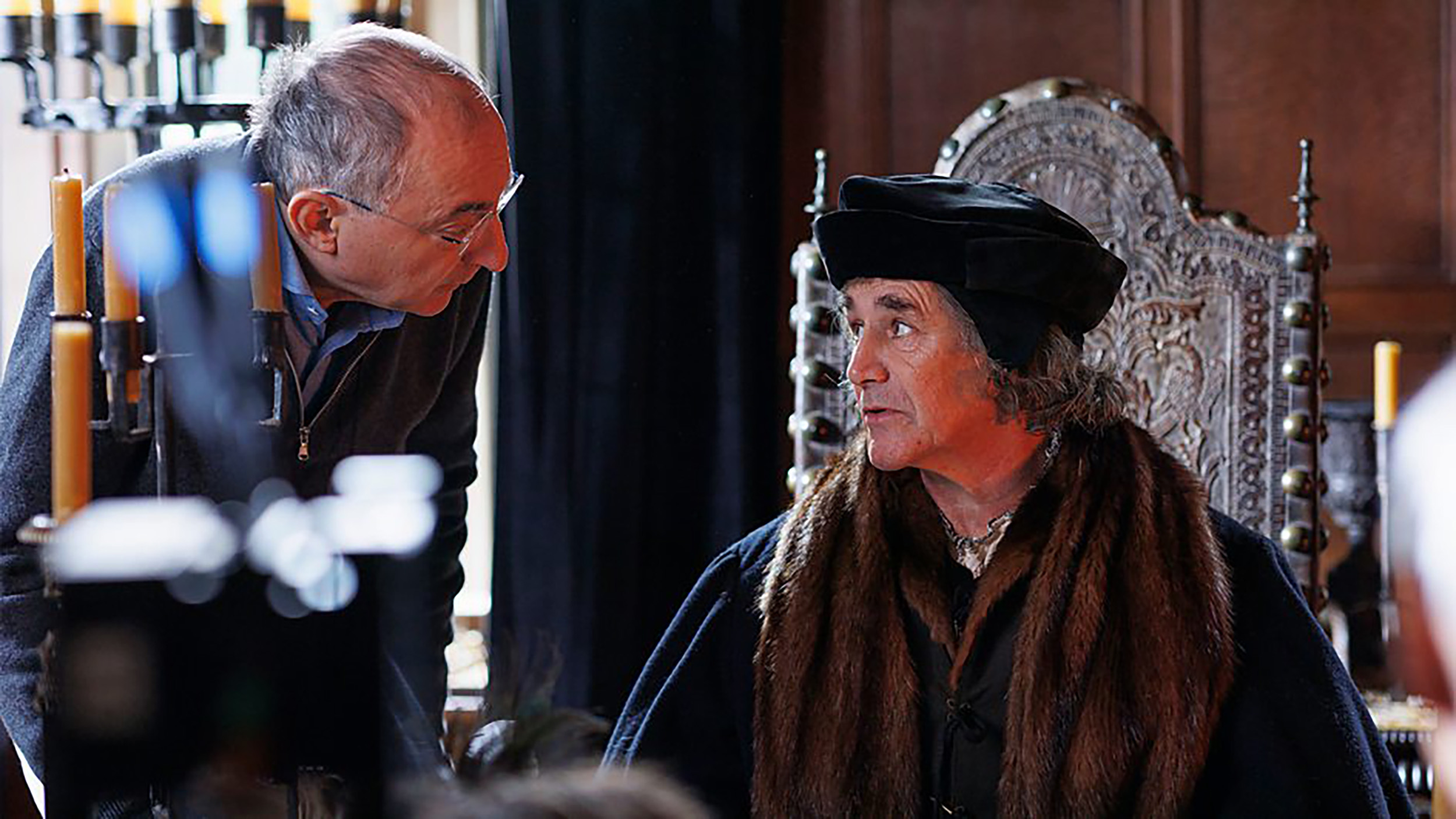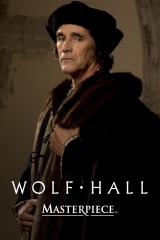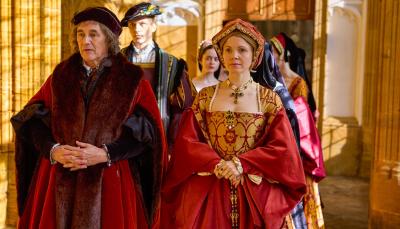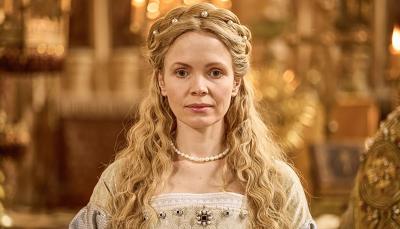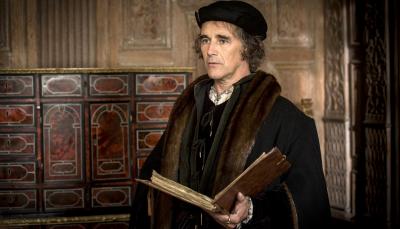Henry VIII's Homes Guest Star in 'Wolf Hall: The Mirror & the Light'
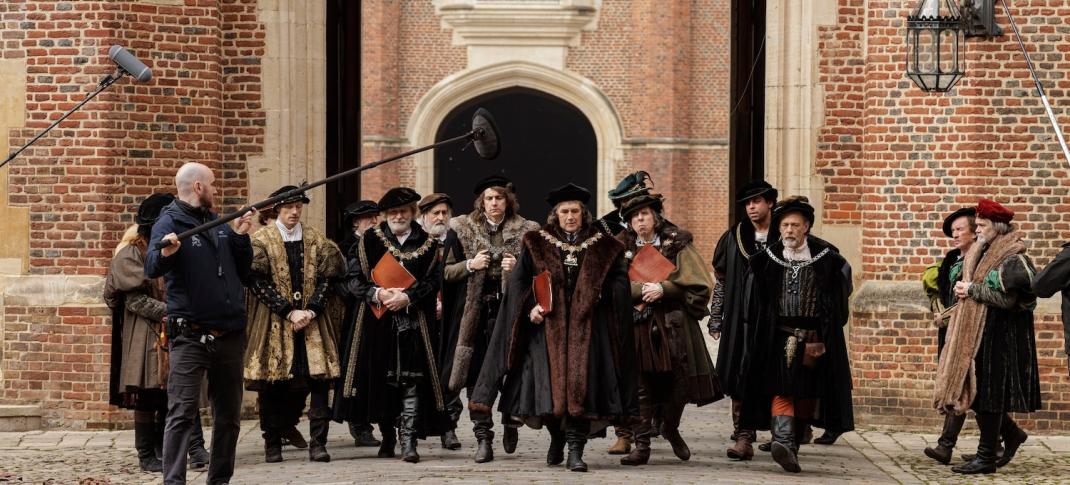
Filming at Hampton Court Palace.
© Playground Entertainment / BBC Pictures
Wolf Hall’s spectacular settings are one of the joys of the series, both in the 2015 original and in Wolf Hall: The Mirror and the Light. However, viewers may wonder if every historic building used in the series is correct to the 1530s. The answer is no, that wouldn’t be possible, as property owners have this annoying habit of rebuilding, redecorating, and adjusting their houses to their needs (or just trends), generation after generation. Wars and political upheaval tend to alter a building’s structure and function, and the main offender during this period was the dissolution of religious houses as Henry VIII took control of the English church. However, the series uses a fascinating variety of properties to stand in for what no longer exists.
Prominent locations are, obviously, not practical. It would be nice to film in the Tower of London, but it’s full of tourists taking selfies, and the cost of closing it for filming is prohibitively expensive, so Dover Castle, suitably grim and looming, was used instead.
Hampton Court offers similar problems beyond being the mullet of royal residences: Tudor in front, Baroque around the back. William III and Mary II (1689–1702) commissioned Sir Christopher Wren to build an elegant new baroque palace that sits behind, or in some places, atop the earlier structure. That being said, it was still used (the front), and viewers were also privileged to see the tapestries of Hampton Court’s Great Hall in their glowing original color via 21st-century technology.
Let’s take a look at some of the many locations used to film the series.
Forde Abbey, Chard, Somerset
Henry VIII actually once owned Forde Abbey, although the building dates back to the twelfth century when it housed Cistercian monks. The monks’ quarters, kitchen, refectories, and chapter house remain. The cloisters of the house were used to represent the Hampton Court cloisters (no longer in existence), the Great Hall became King Henry’s throne room, and Margaret Pole (Harriet Walters) was ensconced in the Drawing Room.
The house is privately owned (it is not part of the National Trust) and offers the usual historic house add-ons of tea and cake, activities and events, and gorgeous gardens.
Penshurst Place, Tonbridge, Kent
Fourteenth-century Penshurst Place, another property once owned by Henry VIII, was used by him as a hunting lodge, which he left to his son Edward VI. The estate was given to Sir William Sidney in 1552 whose descendants still manage the property. The earliest part of the property, the Baron’s Hall, was completed in 1341 as a country retreat for the Lord Mayor of London. The Long Gallery, used primarily to film Whitehall scenes, would have been used by its earlier owners in bad weather as a place to exercise.
Montacute House, Montacute, Somerset
Montacute House, a late Tudor masterpiece, was built in 1598 and stands in for the long-gone Greenwich Palace, or Palace of Placentia, where Henry VIII and his daughters were born. Half a century later, Royalty and the Palace had fallen out of favor, and the once-grand building was primarily derelict. In the 1690s, the site was chosen for Christopher Wren’s Royal Hospital for Seamen, which later became the Old Royal Naval College.
The archery and jousting scenes in 2015's Wolf Hall took place on Montacute’s grounds. According to Greenwich mudlarkers, Tudor pottery and other bits and pieces are still showing up on the nearby Thames shore.
Great Chalfield Manor/Horton Court
Austin Friars was a vast compound, originally leased by Cromwell from the monks of Austin Friars in the City of London as a 14-room house, which he expanded into a 50-room urban mansion with extensive outbuildings. We know where Cromwell’s London house was, but nothing remains. Great Chalfield Manor in Wiltshire is used for external shots in the series. Great Chalfield Manor was built in the late 15th century by Thomas Tropnell, “... a lawyer, administrator and rapacious deal-maker.” He and Cromwell might have got on well together.
However, the location for Cromwell’s study was filmed in another house, Horton Court near Chipping Sodbury, Gloucestershire, now a National Trust rental. It has been beautifully restored, but it’s almost impossible to tell which spot was used.
The dissolution of the monasteries opened up a whole new world of London real estate, with, at one point, 60% of the city up for sale. After Cromwell’s death the property was seized by none other than Henry VIII who sold it to the Drapers Livery Company for £1200 in 1543. Originally a guild of wool merchants, it's now a charitable organization. Having survived and rebuilt after the Great Fire of London in 1666, the current building dates to the end of the 19th-century. A garden has been planted in a gap between buildings in a tribute to its past, with historically correct mulberry trees and it’s thought to be the site of Cromwell’s garden.
Wolf Hall: The Mirror & the Light airs on most local PBS stations and streams on the PBS app weekly on Sundays at 9 p.m. ET. All episodes are available for PBS Passport members and the PBS Masterpiece Prime Video Channel to binge before their on-air broadcast.

